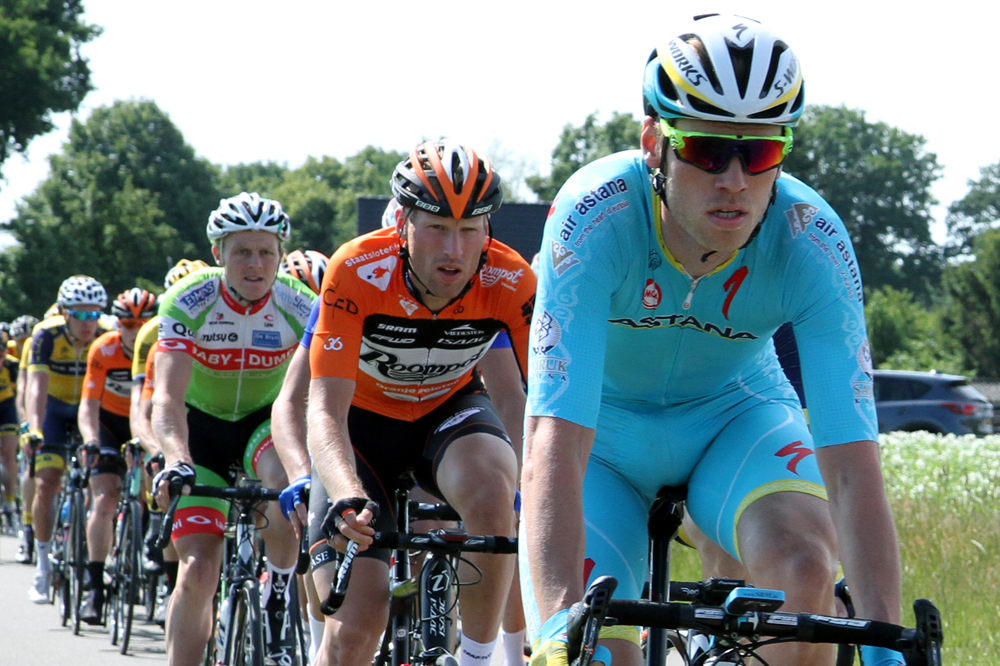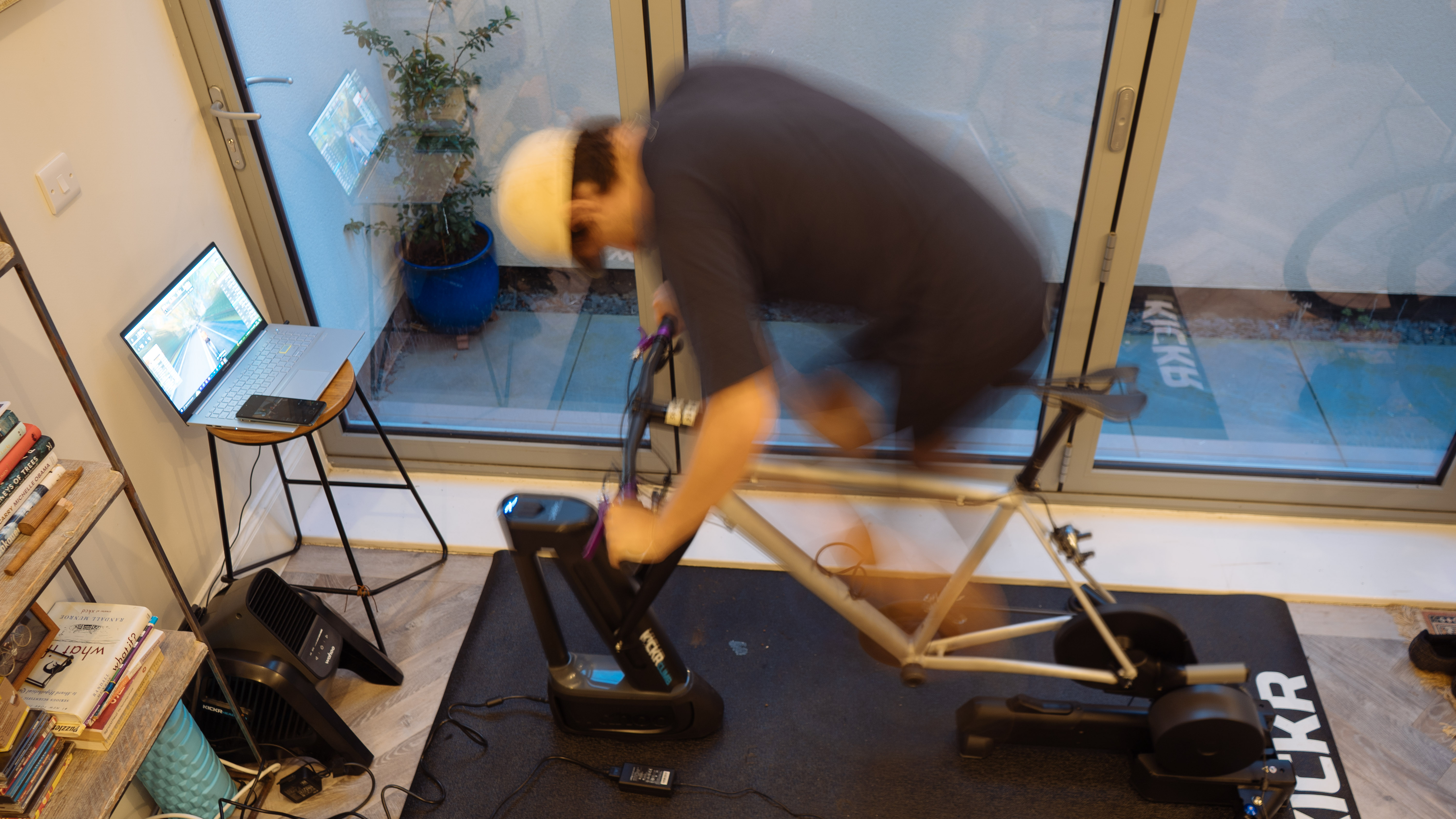Lars Boom faces exclusion from Tour de France over cortisol levels
Will Vinokourov face off against MPCC?

Lars Boom could be kept out of the Tour de France on the eve of the Grand Départ after returning cortisol levels below the normal level. Under the agreement with the MPCC (Movement for Credible Cycling) the Dutchman would not be allowed to start, although the test is not necessarily an indication that a rider has violated anti-doping rules.
Chris Horner out of Vuelta a Espana due to low cortisol levels
UCI confirms Astana to keep licence with strict monitoring
LottoNL-Jumbo pull Bennett from Giro d’Italia due to low cortisol levels
Bardiani-CSF ignore MPCC cortisol regulations at Giro d’Italia
MPCC cortisol testing will not change despite LottoNL-Jumbo's withdrawal
According to L'Equipe, the Astana team will not be allowed to replace Boom because the test results came after the managers meeting, so defending champion Vincenzo Nibali could be left to race with only seven teammates.
Astana declined to comment to Cyclingnews at this time, but general manager Alexandre Vinokourov told the French paper that if the UCI will not allow him to field a substitute, "tough luck, MPCC".
They later announced to the journalists outside the team hotel that they would bring Alessandro Vanotti to the start on Saturday, but the UCI confirmed that it would not bend on its ruling. "As per UCI Regulations, teams can't change their starting list after the Directeur Sportif meeting has taken place. The UCI is committed to apply its regulations consistently and will therefore not authorise any team to change its starting list now," its statement read.
Late on Friday evening Astana eventually made a statement: "In response to the official correspondence from the MPCC from 29 June 2015, Astana Pro Team asked the UCI to authorise the activation of named reserve rider Alessandro Vanotti to the Tour de France squad in order to start on 4 July. Official registration of riders for the 2015 Tour de France closed at 10:30 on 3 July at the Sport Directors Meeting, before the CADF notification."
However their statement came out after the confirmation that selections could no longer be changed. Astana refused to make any further comment when this was made clear to them.
Trouble with the test
The latest race content, interviews, features, reviews and expert buying guides, direct to your inbox!
The MPCC has pushed for blood cortisol level testing as a way to discourage the use of glucocorticosteroids and to keep overtrained riders from digging themselves a deeper hole. The anti-inflammatory drug can allow riders who are injured to continue racing without as much pain, but can cause further injury down the line. The use of the glucocorticosteroids suppress the body's production of cortisol, so low levels can be an indication of their use. Fatigue can also lower levels, as can several other conditions and allowed medications.
LottoNL-Jumbo faced a similar scenario as Astana ahead of the Giro d'Italia when George Bennett showed depressed cortisol levels prior to the race start. Bennett was kept out of the race, but later demonstrated that the reason for the values was the legitimate use of asthma medication, for which he had a therapeutic use exemption (TUE).
LottoNL-Jumbo later withdrew itself from the MPCC, while Bardiani-CSF simply ignored the agreement when one of their Giro riders was found to also have depressed cortisol and fielded a full team.
Astana might not have such luxury, after falling under intense scrutiny by the UCI because of two EPO doping cases in 2014. The team narrowly averted losing their WorldTour licence, only keeping themselves in the peloton by agreeing to strict conditions for the remainder of the season.

